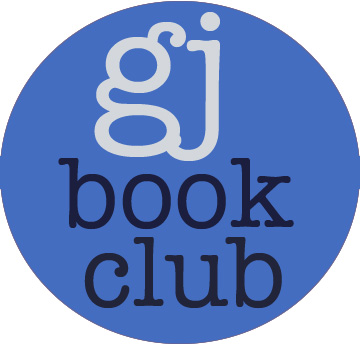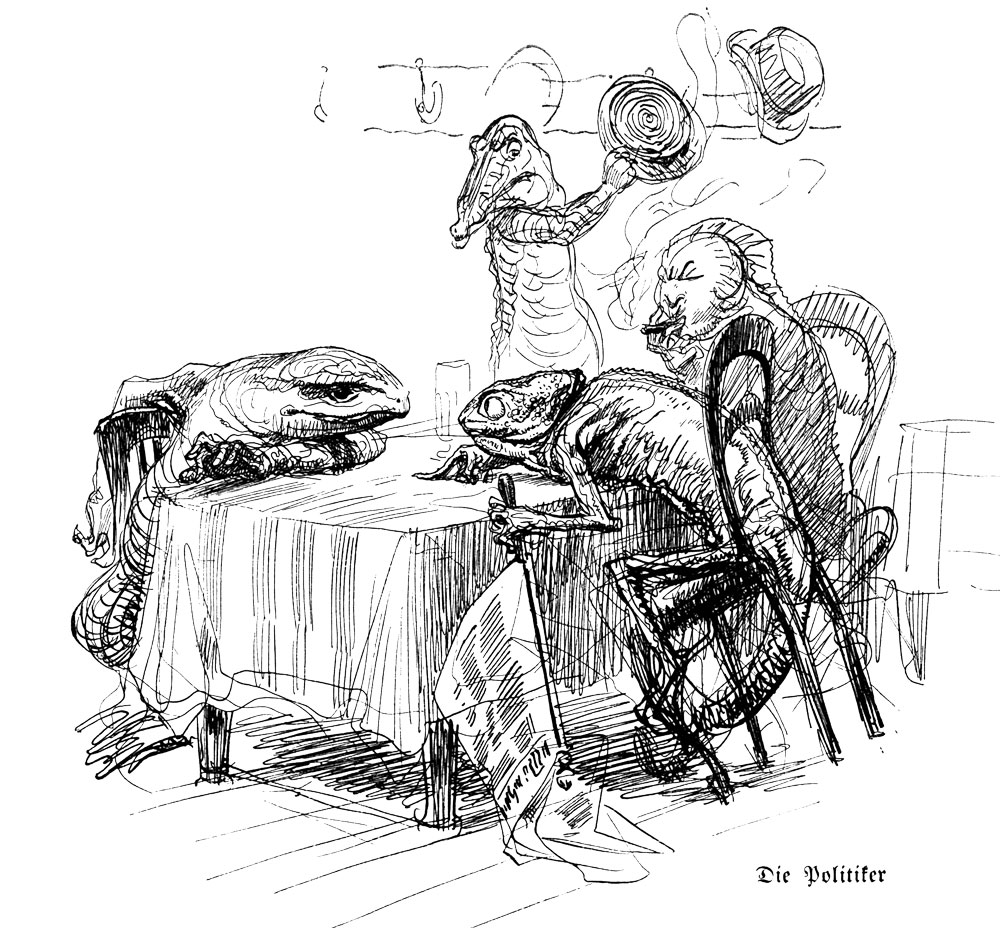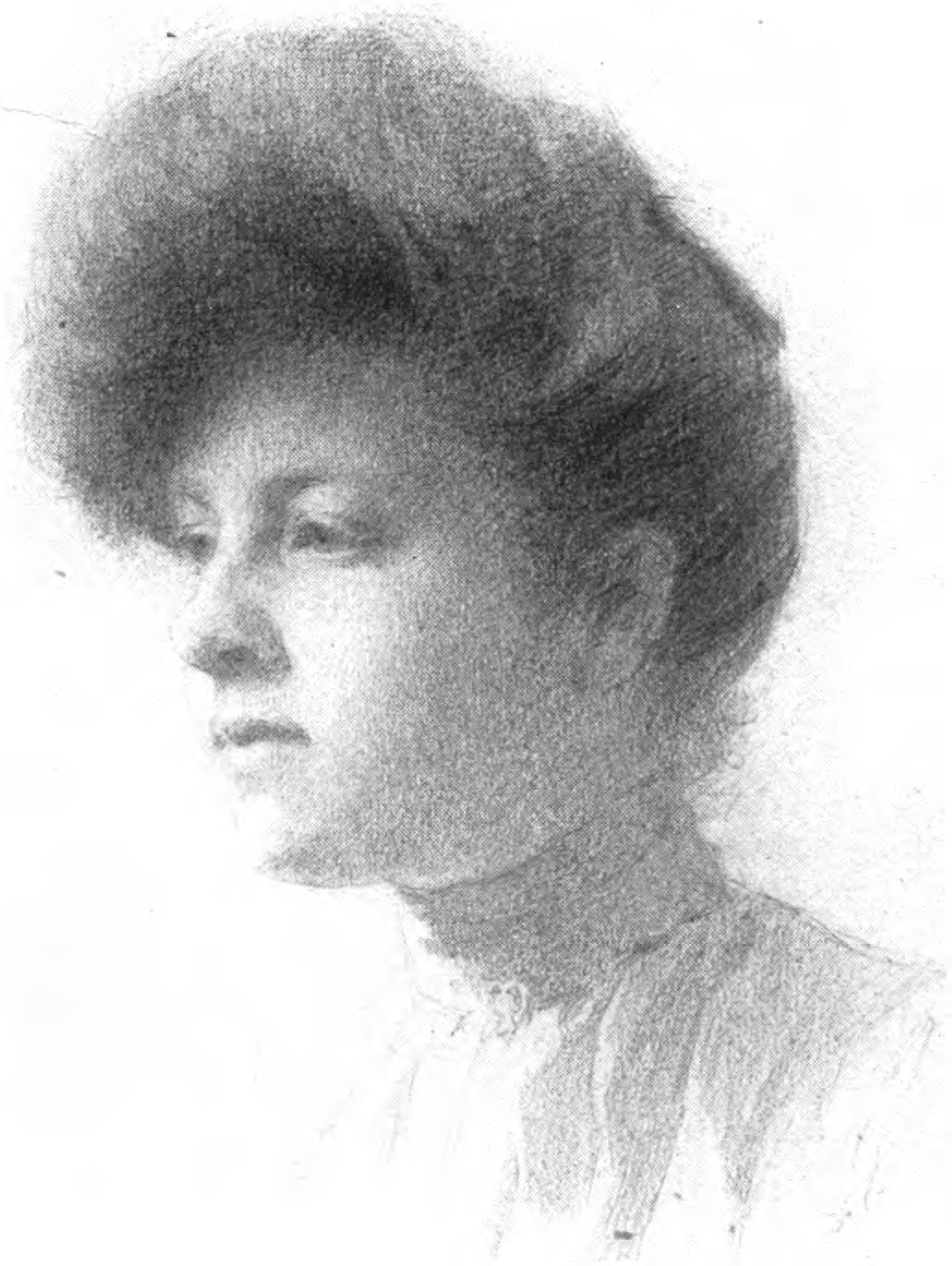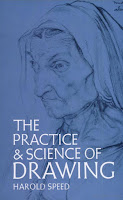 On the GJ Book Club, we're looking at Chapter 19: "Procedure" in Harold Speed's 1917 classic The Practice and Science of Drawing.
On the GJ Book Club, we're looking at Chapter 19: "Procedure" in Harold Speed's 1917 classic The Practice and Science of Drawing.This is a short chapter, but it's crammed full of valuable pointers about the importance of intentionality in drawing. So I thought I'd pull out a few of my favorite sentences. I'll number them in case you want to refer to those points in the comments.
[James here] There's a corollary— if I have nothing in my mind when I start, I can be sure of producing nothing worthwhile.
2. "Try and see in your mind's eye the drawing you mean to do, and then try and make your hand realise it, making the paper more beautiful by every touch you give instead of spoiling it by a slovenly manner of procedure."
 |
| Drawing by Adolph Menzel |
3. "To know what you want to do and then to do it is the secret of good style and technique."
4. "Look well at the model first; try and be moved by something in the form that you feel is fine or interesting, and try and see in your mind's eye what sort of drawing you mean to do before touching your paper."
[James here] Yes! It's a good idea to sit for a few minutes in front of your subject before you start drawing to collect your thoughts and feelings, imagine the picture you want to make, and focus your energy on how to achieve it.
5. "Be extremely careful about the first few strokes you put on your paper: the quality of your drawing is often decided in these early stages."
Yeah, but don't get nervous.
6. "It is much easier to put down a statement correctly than to correct a wrong one; so out with the whole part if you are convinced it is wrong."
You can tell from across the room (without even seeing the drawing) if an artist is doing a good a drawing by looking at their posture and their level of engagement.
4. "Look well at the model first; try and be moved by something in the form that you feel is fine or interesting, and try and see in your mind's eye what sort of drawing you mean to do before touching your paper."
[James here] Yes! It's a good idea to sit for a few minutes in front of your subject before you start drawing to collect your thoughts and feelings, imagine the picture you want to make, and focus your energy on how to achieve it.
 |
| Drawing by Heinrich Kley. More Kleys on Muddy Colors today. |
Yeah, but don't get nervous.
6. "It is much easier to put down a statement correctly than to correct a wrong one; so out with the whole part if you are convinced it is wrong."
When I have to rub out a section and start over, I always remind myself that Sargent did that many times to get a good portrait.
7. "Do not work too long without giving your eye a little rest; a few moments will be quite sufficient.
A good reason to work standing. You're more likely to back up and look with a fresh eye.
8. "Do not go labouring at a drawing when your mind is not working."
7. "Do not work too long without giving your eye a little rest; a few moments will be quite sufficient.
A good reason to work standing. You're more likely to back up and look with a fresh eye.
8. "Do not go labouring at a drawing when your mind is not working."
You can tell from across the room (without even seeing the drawing) if an artist is doing a good a drawing by looking at their posture and their level of engagement.
 |
| Drawing by John Vanderpoel |
9. "In the final stages of a drawing or painting, when, in adding details and small refinements, it is doubly necessary for the mind to be on fire with the initial impulse, or the main qualities will be obscured and the result enfeebled by these smaller matters."
This is why doing a thumbnail can be a good thing; it reminds you of what attracted you at the beginning.
10. "The great aim of the draughtsman should be to train himself to draw cleanly and fearlessly."
11. "Let painstaking accuracy be your aim for a long time. "
12. "Try and express yourself in as simple, not as complicated a manner as possible."
13. "Every student should begin collecting reproductions of the things that interest him."
10. "The great aim of the draughtsman should be to train himself to draw cleanly and fearlessly."
11. "Let painstaking accuracy be your aim for a long time. "
12. "Try and express yourself in as simple, not as complicated a manner as possible."
13. "Every student should begin collecting reproductions of the things that interest him."
-----
The Practice and Science of Drawing is available in various formats:
1. Inexpensive softcover edition from Dover, (by far the majority of you are reading it in this format)
3. Free online Archive.org edition.
Articles on Harold Speed in the Studio Magazine The Studio, Volume 15, "The Work of Harold Speed" by A. L. Baldry. (XV. No. 69. — December, 1898.) page 151.
and The Windsor Magazine, Volume 25, "The Art of Mr. Harold Speed" by Austin Chester, page 335. (thanks, अर्जुन)
GJ Book Club on Pinterest (Thanks, Carolyn Kasper)
GJ Facebook page
Overview of the blog series
Announcing the GJ Book Club
Chapter 1: Preface and Introduction
Chapter 2: Drawing
Chapter 3: Vision
Chapter 4: Line Drawing
Chapter 5: Mass Drawing
Chapter 6: Academic and Conventional
Chapter 7: The Study of Drawing
Chapter 8: Line Drawing, Practical
Chapter 9: Mass Drawing
Chapter 10: Rhythm
Chapter 11: Variety of Lines
Chapter 12: Curved Lines
Chapter 13: Variety of Mass
Chapter 14: Unity of Mass
Chapter 15: Balance
Chapter 16: Proportion
Chapter 17: Portrait Drawing
Chapter 18: Visual Memory
Chapter 19: Procedure
Chapter 20: Materials
Overview of the blog series
Announcing the GJ Book Club
Chapter 1: Preface and Introduction
Chapter 2: Drawing
Chapter 3: Vision
Chapter 4: Line Drawing
Chapter 5: Mass Drawing
Chapter 6: Academic and Conventional
Chapter 7: The Study of Drawing
Chapter 8: Line Drawing, Practical
Chapter 9: Mass Drawing
Chapter 10: Rhythm
Chapter 11: Variety of Lines
Chapter 12: Curved Lines
Chapter 13: Variety of Mass
Chapter 14: Unity of Mass
Chapter 15: Balance
Chapter 16: Proportion
Chapter 17: Portrait Drawing
Chapter 18: Visual Memory
Chapter 19: Procedure
Chapter 20: Materials









13 comments:
Thanks James. I pretty much highlighted the entire chapter :) One question for you and others: I've found myself at times when attending a figure drawing session that I'm tired or otherwise distracted and it's really difficult to draw. As it might be the only session I'm able to attend that week, or I'm just plain determined to push thru it because, you know, I'm a man and from the John Wayne era and nothing will stop me, but the results have been mixed - sometimes I end up doing some of the best work I've done in weeks while other times I feel like I've never drawn before. What's your advice for such times, is it better to push through or walk away until you're in a better place mentally and/or physically?
My initial answer to my own question was push through - for me, these sessions are more about the practice of drawing and working on aspects of it more than creating art as it were, but I don't have the experience that many of you do and wondering what your thoughts are.
Thank you as always for the thoughts and insights!
-cs
CS, it's a good question. I think it's best to push through, because that's what figure group work is all about: learning a process you can rely on for achieving results, even when you're tired. It's not going to happen with every pose that you'll have a strong emotional response that will guide an inspired interpretation. Some models are uninspired in their posing, and that makes it very difficult. But when inspiration comes, it's a gift. You can be guided by the feeling to achieve a personal interpretation without sacrificing any academic accuracy.
Thanks James, great advice. Since I've only been back into drawing/painting for less than a year I didn't want to begin or continue any bad habits (already working on a few others that Speed has pointed out) :)
Such great points, especially since many artists including myself are painting from reference photos. So much realism painting using photo references smacks of photo copying. Where the artist is simply attempting to recreate the exact image in paint with great accuracy. Thereby leading to overworked, super detailed and boring work. I know, I've created such boring work.
These tips are great axioms for those that are trying to extract something specific from the reference photo and say it in painting language.
Regarding CS's question, my opinion is also that the approach should almost always be to "push through". For one thing, as CS points out, sometimes the results are particularly good in those situations, suggesting that there is not always a clear relationship between being "in the mood" or rested, and doing good work. Also, for a similar reason, I quibble a bit with Speed's points #5 and #6. Anything that inhibits you from trying is bad, in my book. Fear of putting down the wrong first mark can be a barrier to making the attempt. And as James mentions attempts can be rubbed out, or (as Speed says) discarded and a new start made.
Jenna Berry, I can really relate to the concern about spoiling or ruining the paper. A couple of things that have helped me related to that (and acknowledging that this is a very personal and individual process) are the following: First, for other reasons, I started to always tone the paper (for water media) or canvas (for oils). That largely removed the concern I that my first mark was going to mar a pristine surface. Secondly, i started working mostly in oil, which lends itself to wiping off and/or painting over. So in that case, no mark is final, no surface is permanently unsalvageable. As you indicate, though, the best teacher is experience - in this and so many other things. All imho, of course!
Thank you for the thoughts and insights Tom and Jenna. Fear is the enemy of faith, and faith in one's ability and vision (among other good and noble things) I think is key to accomplishing anything noteworthy. Having said that, it seems that art is a funny, relative thing, and rather daunting when I think of the greats who have or continue to create 'art', so instead of worrying myself about creating something art-worthy, I just want to be competent and well-equipped to express the beauty and interest of the things I see around me that others might not. What I've enjoyed most about Speed's approach is that he arguably focuses on just that. Forward then I go :)
This is all about what I call “getting ‘The Vision’.” (points: 1., 2., 3., 4., 8., 9., and 13.) If you haven’t got ‘The Vision’ of what you are working on, your just throwing paint at the wall. If you can’t see it in your ‘Mind’s Eye’, your just spinning your wheels. (It’s almost a Mystical/Shamanic/Gestalt-like-thing.) You can always go back and fix-stuff, and knowing how to fix-stuff is a very valuable skill to have, (it’s saved me time and $ many times) but its not as good or as efficient as getting it right the first time (points 5., 6., 10., and 11). And the rest is: “Simplify, Simplify, Simplify…” (#12).
Thanx for hosting the ‘GJ Book Club’ James, I am really enjoying your input and guidance, and all the great comments. -RQ
"#5 Be extremely careful about the first few strokes you put on your paper: the quality of your drawing is often decided in these early stages."
IMHO, drawing is a series of corrections until you are satisfied. The first marks put down will rarely be visible in the final drawing. So I just go for it.
I prefer white paper to toned paper because it is much easier to correct on white and will do a graphite tone study on white before I ever commit to a toned paper.
Post a Comment